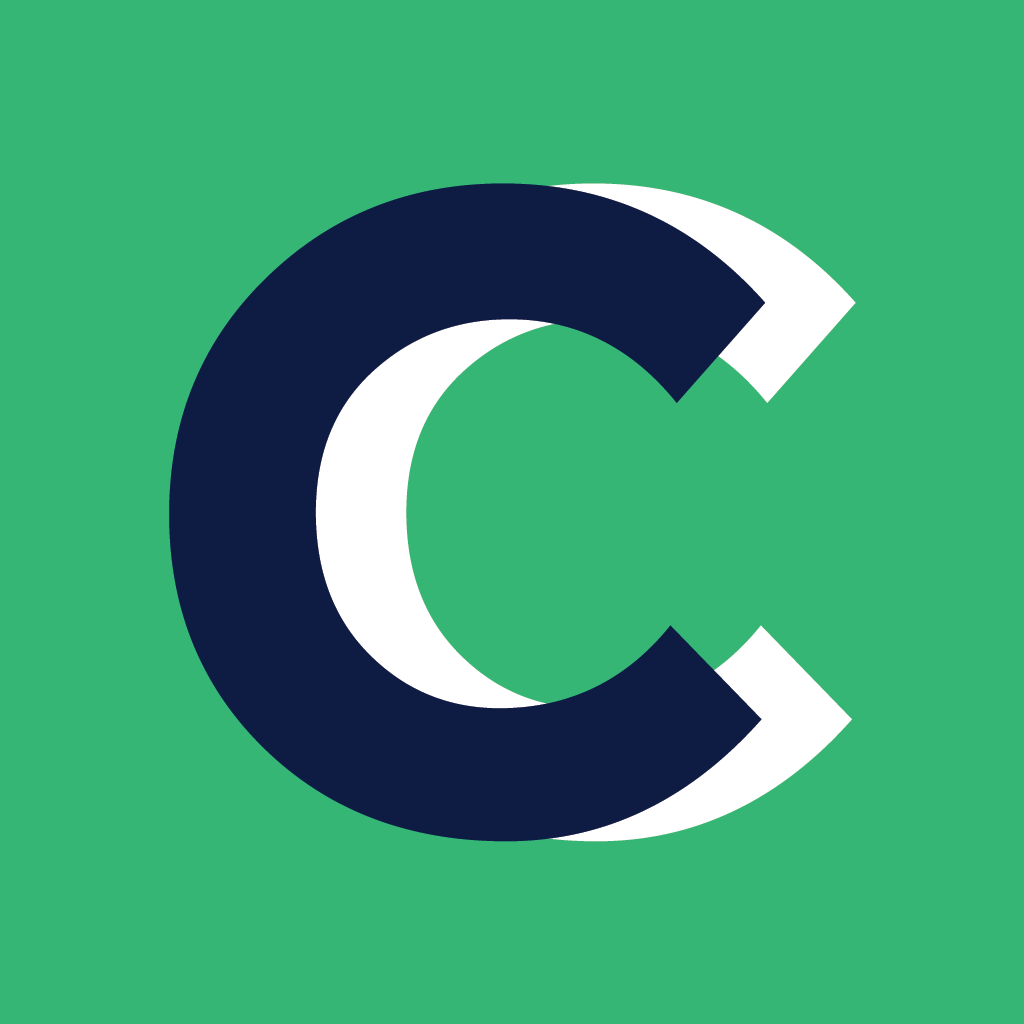Watch the full video on Facebook HERE
Actionable Guide: Running Free Programs vs. Paid Programs
Evaluate Your Approach: Consider the pros and cons of offering free versus paid programs. Reflect on your coaching style, business goals, and target audience preferences. Assess whether you prioritize immediate revenue or long-term client relationships.
Choose Your Platform: Determine the platform that best suits your free program strategy. Explore options like Coach Catalyst for structured programs or email marketing platforms such as Supercoach CRM for personalized outreach and engagement.
Lead Magnet Strategy: Develop a lead magnet strategy to attract potential clients. Design enticing offers such as 7-day challenges or mini-coaching sessions to showcase your expertise and build trust with prospects.
Monetization: Decide on your monetization approach for free programs. Consider charging a nominal fee to demonstrate the value of your coaching services while also covering your time and resources.
Investment vs. Returns: Calculate the costs associated with running free programs and weigh them against potential returns. Determine the conversion rate needed to make free programs financially viable and beneficial for your business.
Client Conversion: Assess whether the duration of your free program is sufficient for client conversion. Evaluate the effectiveness of your coaching methods and program structure in achieving desired outcomes within the specified timeframe.
Quality Leads: Compare the quality of leads generated through free programs versus other marketing channels. Analyze metrics such as engagement levels, conversion rates, and client retention to determine the most effective lead generation approach.
Marketing Strategy: Develop a comprehensive marketing strategy to promote your free programs and attract participants. Utilize various channels such as social media, email marketing, and client referrals to maximize reach and engagement.
Program Selection: Choose a program that aligns with your lead generation and conversion goals. Consider offerings like Transform 4, which provide value to participants while also serving as a gateway to your paid coaching services.
Beta Testing: Experiment with different lead generation strategies to identify what resonates best with your target audience. Conduct beta tests of free programs within Coach Catalyst and email marketing campaigns to refine your approach.
Client Engagement: Clearly communicate the expectations and benefits of participating in your free programs. Set clear objectives, provide valuable content, and establish a pathway for further engagement or enrollment in paid services.
Reflect on Business Goals: Regularly review your free program strategy to ensure alignment with your overarching business goals. Monitor key performance indicators, gather feedback from participants, and adjust your approach as needed to drive sustainable growth and success.
By implementing these detailed steps, you can effectively navigate the decision-making process between running free programs and paid programs, ultimately driving client acquisition, engagement, and business growth.
